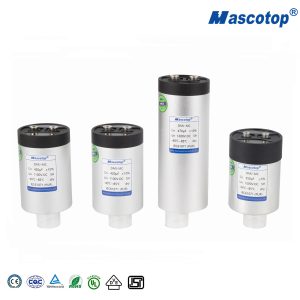
Capacitors are electronic components that store and release electrical energy. They are used in a wide range of electronic applications, from power supplies to signal processing circuits. Capacitors come in various sizes and types, and their characteristics can impact their suitability for different applications.

Table of Contents
ToggleCapacitance is a measure of a capacitor's ability to store electrical charge. It is measured in farads (F), with the most common values ranging from picofarads (pF) to microfarads (µF). The capacitance of a capacitor can impact its suitability for different applications. For example, small capacitors with low capacitance values are often used in high-frequency applications such as radio frequency (RF) circuits, while larger capacitors with higher capacitance values are used in power supply circuits.
The voltage rating of a capacitor is the maximum voltage that the capacitor can withstand before it breaks down. It is an essential characteristic that determines the suitability of a capacitor for different applications. Capacitors with low voltage ratings are suitable for low voltage applications, such as signal processing circuits. In contrast, capacitors with high voltage ratings are suitable for high voltage applications, such as power supplies and motor control circuits.
The temperature rating of a capacitor is the maximum temperature at which the capacitor can operate without degrading its performance or failing. The temperature rating is an essential characteristic that determines the suitability of a capacitor for different applications. Capacitors with low-temperature ratings are suitable for low-temperature applications, such as cryogenic applications. In contrast, capacitors with high-temperature ratings are suitable for high-temperature applications, such as industrial and automotive applications.
The tolerance of a capacitor is the maximum variation in capacitance that is allowed for the capacitor's rated value. It is an essential characteristic that determines the capacitor's performance in different applications. Capacitors with a low tolerance rating are suitable for applications that require high precision, such as analog circuits. In contrast, capacitors with a high tolerance rating are suitable for applications that do not require high precision, such as power supply circuits.
The ESR of a capacitor is the resistance that is present in the capacitor's equivalent series circuit. It is an essential characteristic that determines the capacitor's suitability for different applications. Capacitors with low ESR are suitable for high-frequency applications, such as switching power supplies and DC/DC converters. In contrast, capacitors with high ESR are suitable for low-frequency applications, such as audio circuits.